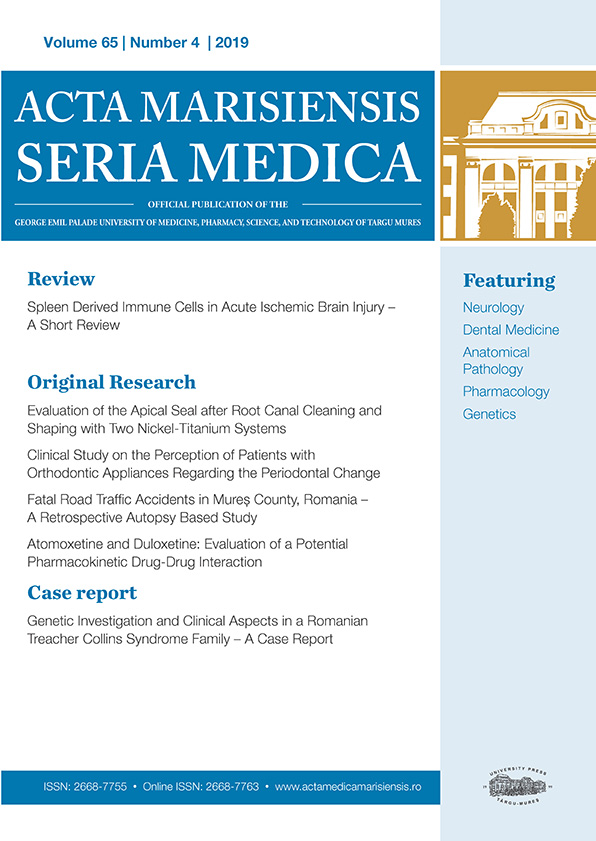Current and novel pharmacological therapeutic approaches in PTSD. A brief review.
Abstract
Objective: Although not highly prevalent among the general population, post-traumatic stress disorder (PTSD) is a serious psychiatric condition, associated with co-morbidities, mortality and high suicide rates. Currently, there are few approved pharmacological therapeutic options, which count as second-line therapy, augmented to psychotherapy. Studies from the literature emphasize the need for novel treatment options, due to the high relapse rates and patients that do not achieve remission. This study aims to provide an overview over the pharmacological treatment of PTSD, from a neurobiological perspective.
Methods: A systematic research has been conducted through Pubmed, PLOS one, Cochrane library and Google scholar databases.
Results: The neurobiological mechanisms which underlies the PTSD symptomatology are not fully elucidated. In the present, some theories are formulated that explain the symptomatology (serotoninergic, noradrenergic, glutamatergic, GABA-ergic, endocannabinoid) and in this sense, the current therapy aims to modulate these neurotransmissions.
In light of the studies along the years, a line should be drawn between the drugs acting on reducing the anxiety only and the ones that exhibit dual effect i.e. reducing the anxiety and affecting the memory reconsolidation processes. Although labelled as recreational drugs rather than compounds with intended therapeutic effects, cannabidiol (CBD) and 3,4-methylenedioximethamphetamine (MDMA) appear to be the most promising from the perspective of efficacy and benefit-risk ratio.
Conclusion: Preclinical studies come with acceptable results, yet clinical trials are controversial and heterogeneous, given the small population size. Given the seriousness of PTSD, the attempts to find effective and safe alternatives in a context that lacks appropriate therapeutic approaches should be encouraged.
Copyright (c) 2021 George Jitca

This work is licensed under a Creative Commons Attribution 4.0 International License.









